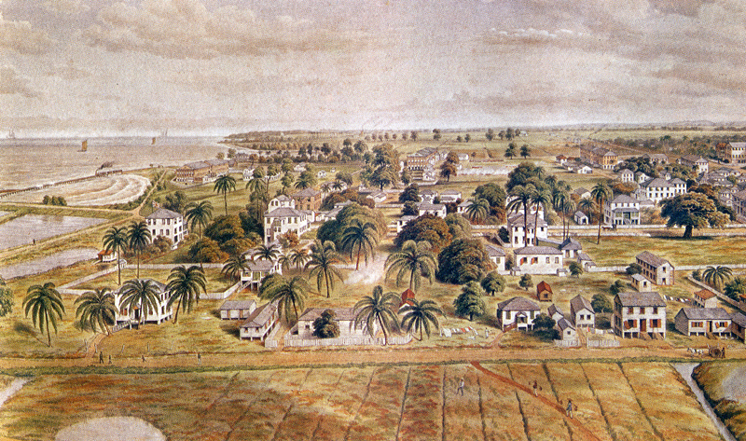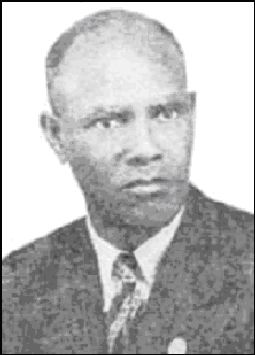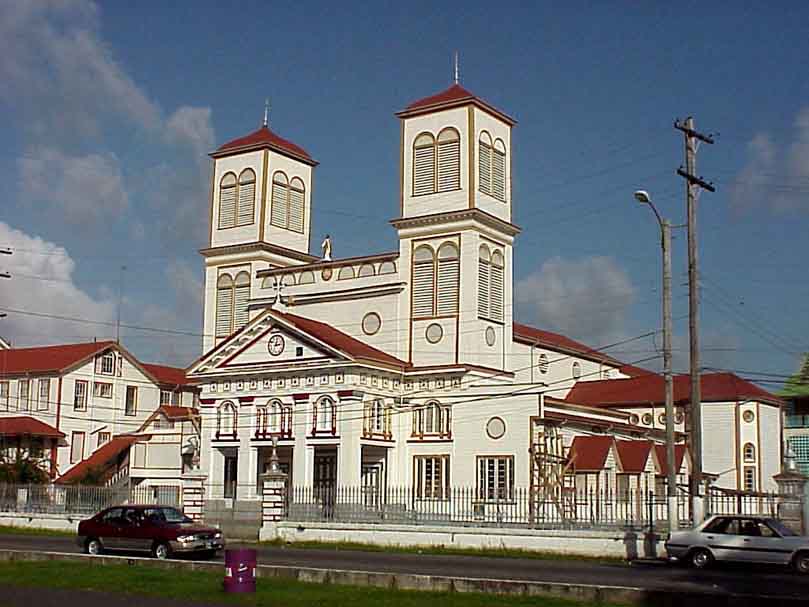“Everyone was poor so we did not even know we were poor. Everyone helped each other. The whole logee was like one family back in the compound in India.
What kept us going was that we believed if we worked hard and saved, we could send our children to school and they would not have to work in the backdam”
By Anu Dev





